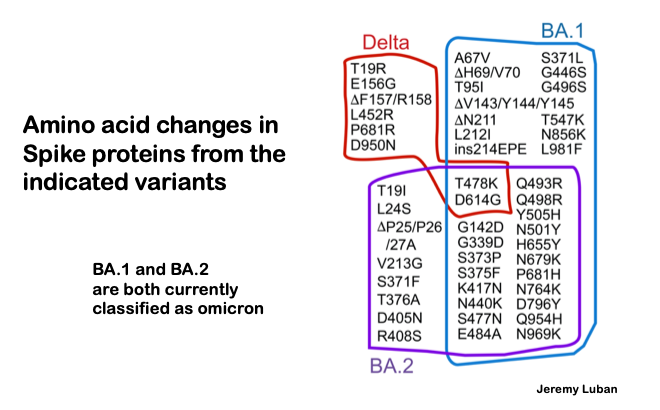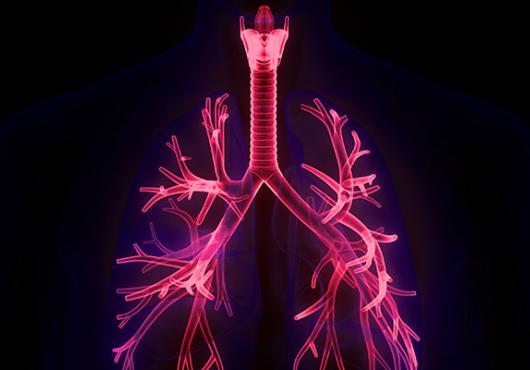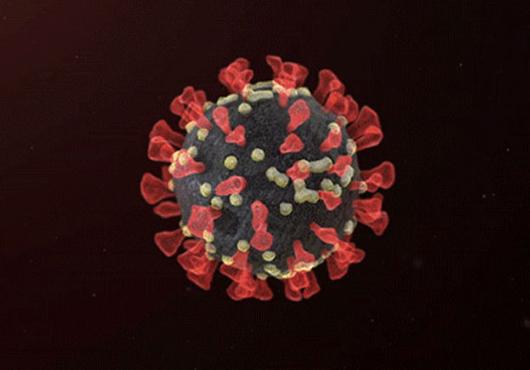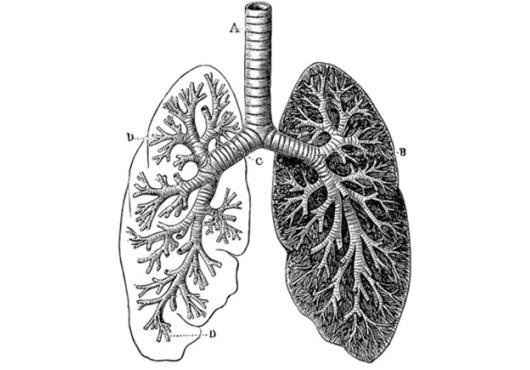This article is part of Harvard Medical School’s continuing coverage of COVID-19.
Experts from the Harvard Medical School-led Massachusetts Consortium on Pathogen Readiness, or MassCPR, address five key questions about the COVID-19 pandemic.
- Jacob Lemieux, HMS instructor in medicine at Mass General and co-lead of the MassCPR viral variants program
- Jeremy Luban, professor of molecular medicine, biochemistry & molecular pharmacology at UMass Chan Medical School and co-lead of the MassCPR viral variants program
- Daniel Kuritzkes, the Harriet Ryan Albee Professor of Medicine at HMS and chief of the division of infectious diseases at Brigham and Women’s Hospital
- Sandra Nelson, HMS assistant professor of medicine at Mass General; medical adviser, Massachusetts Department of Elementary and Secondary Education
- Bruce Walker, director of the Ragon Institute of MGH, MIT and Harvard and faculty co-lead of MassCPR
Harvard Medicine News: What’s happening now as the original omicron strain, BA.1, begins to wane, and its close relative, BA.2, emerges?
Lemieux: As case numbers of BA.1—what we’ve been calling omicron—decline, in some areas of the world delta continues to circulate, while in other areas BA.2 is emerging. The highest prevalence of BA.2 seems to be in South Asia, Southeast Asia, South Africa, and Denmark. It’s not clear yet what impact BA.2 will have on case counts, hospitalizations, and deaths. The first and clearest signal will probably come from South Africa.
Luban: Currently both BA.1 and BA.2 are considered subsets of omicron, although if BA.2 takes off, it may acquire its own Greek letter. We know very little about the transmissibility of BA.2 compared to BA.1, its pathogenicity, or its ability to escape from monoclonal antibodies or vaccine-elicited immunity. So far what we have is the genetic sequence. The image below shows the amino acid changes in the spike proteins—the parts of the virus that bind to human cells—in the delta, BA.1, and BA.2 variants.
We were shocked when omicron, shown as BA.1, first appeared with all these amino acid changes. BA.2 shares about 20 spike mutations with BA.1 but has many other mutations that are unique to it. Four of these are in the receptor-binding domain—the really critical part of the molecule that binds to the human cell receptor and is the target of many monoclonal antibody therapies. We don’t know yet what the significance of these will be, especially not in a population that has already encountered BA.1.

HM News: Would someone who’s recovered from infection with the BA.1 omicron variant be protected against infection with BA.2?
Kuritzkes: We don’t know yet. There’s enough overlap between BA.1 and BA.2 that it’s possible infection with one will give you cross-protection against the other. By contrast, we know that infection with delta, which has little overlap, gives little protection against omicron. We’ll see from people who recover from BA.1 whether their antibodies are able to neutralize BA.2 in the lab, and extrapolate from there.
Walker: Papers in preprint [that have not yet been peer-reviewed] suggest that vaccine-induced T cell responses—a separate arm of the immune response from antibodies—are likely to be cross-protective against omicron, and I expect that will be true for BA.1 and BA.2. That would have a major effect on the disease course once someone is infected.
HM News: What has the omicron surge taught us about approaches to in-person schooling?
Nelson: Over the last few weeks, the omicron variant has been hugely disruptive to our educational system and has opened our eyes to what is and is not sustainable for students, families, and the administrators, teachers, and nurses who are tasked with implementing complicated protocols to keep kids in school safely. Omicron has made us rethink our approaches in schools. While older adults and those who are medically vulnerable have borne the medical brunt of the pandemic, it’s important to remember that lockdowns and mitigation measures in some ways have weighed more heavily on the younger generation. Learning loss has been tremendous and will be difficult to overcome. There’s a real sense of urgency in restoring a sense of normalcy to classrooms.
There are four main elements I would highlight as we look forward. The first is what we’ve been emphasizing since the availability of vaccinations: We need to improve uptake in the pediatric population. In Massachusetts, only 30 percent of elementary school students and 69 percent of middle and high school students are fully vaccinated. It’s much worse in the rest of country: only 20 percent of elementary school students and 55 percent of middle and high school students in the U.S. are fully vaccinated. These numbers aren’t high enough to keep COVID out of classrooms and keep students in.
Second, we need to be more targeted in our isolation and quarantine guidance. Children need to be in school when they’re well, including when they’re recovered from COVID or when they’ve been exposed but have no symptoms. This can be done safely when appropriate protocols are in place. In Massachusetts we have a “test and stay” program, but that has targeted only a subset of students and has been very labor-intensive for school nurses. We need to focus more on testing those with symptoms, testing those with higher risk exposures, and masking to allow those who are well to remain in school.
The third thing is that we need to be more agile and flexible in our approach. When disease rates in communities are low, that would be a good time to try to relax our mitigation—taking masks off, stopping screening testing, and limiting other things that add to stress and workload in the school setting.
The final and maybe hardest thing we need to do is shift our mindsets. We need to begin to think about COVID-19 in schools as we do about other respiratory infections. It will be with us for years. Children and family members will get COVID. We need to focus on vaccinating, staying home when sick, testing when sick, and restoring that sense of normalcy.
HM News: What do you think about efforts to develop vaccines that specifically target omicron variants?
Kuritzkes: The big question is, what would be the useful role of an omicron-specific vaccine? This time last year, companies were thinking of a vaccine for the beta variant. They didn’t get very far, and beta disappeared. At this time, when omicron is waning globally, whether this is the right strategy depends in part on how well a vaccine against omicron would work more broadly against other variants.
If the goal of vaccination isn’t to protect against infection or mild symptomatic disease forever but instead to do an outstanding job of protecting against severe disease, hospitalization, and death, then we may not need to do as much fine-tuning of vaccines every time a new variant emerges.
HM News: What are you keeping your eye on?
Lemieux: BA.2 and what variants come next. We’re learning that variants don’t always come from where we think. A few months ago, we were all watching delta and wondering which ‘delta-plus’ would be the next [variant of concern], and then it wasn’t a delta at all.
I’m not keeping my eye on how BA.2 will spell disaster for life as we know it. I don’t think it will cause the degree of chaos, disruption, and morbidity and mortality that BA.1 has. I’m cautiously optimistic that we will continue to move to a better place—one where each new variant isn’t news.
Nelson: As we look forward, we need to do a better job as a society in contextualizing the risks of COVID. Especially when it comes to those who are young, healthy, and vaccinated, we need to balance the risks associated with COVID against the harms that come from the implementation of strategies that keep children isolated and reduce their access to learning.
Vaccination remains the greatest tool to restore that sense of normalcy, but misinformation has really harmed the vaccination rollout. Globally and regionally, we have suffered from the proliferation of misinformation. Vaccines have been one of the most, if not the most, successful public health interventions [in modern history]. Some of us would not be here if it weren’t for vaccines. To the extent that we can, we must try to combat misinformation, convince people to get vaccinated, and provide access to vaccines where there are barriers.
Kuritzkes: Epidemics end when the pathogen runs out of susceptible people to infect, either because everyone has become immune or because everyone is taking precautions to avoid exposure to the infectious agent. It’s frustrating because we know what needs to be done. We need to persevere. We need to expand global access to vaccines and continue locally with measures like masking to limit exposure until we see the numbers get down to much lower levels. There are still 8,000 cases a day in Massachusetts, which is 100 times greater than last summer. It’s terrific that the disease is on the downslope in parts of the U.S., but we shouldn’t take our eye off the ball yet.
Note: This article was updated on Feb. 1 to reflect an additional title for one of the experts quoted






